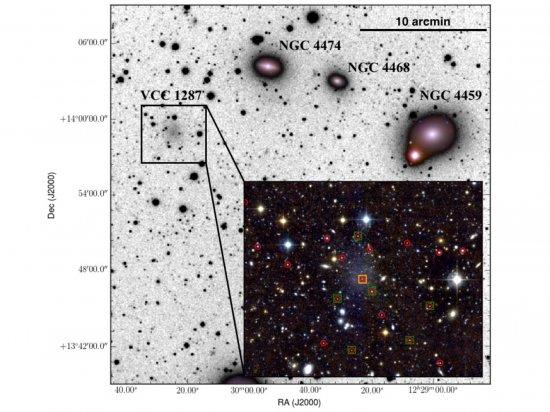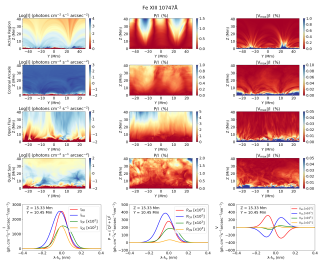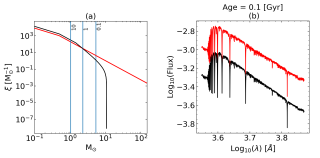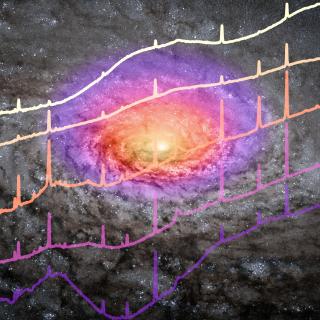Ultra diffuse galaxies (UDGs) have the sizes of giants but the luminosities of dwarfs. A key to understanding their origins comes from their total masses, but their low surface brightnesses (mu > 25.0) generally prohibit dynamical studies. Here we report the first such measurements for a UDG (VCC 1287 in the Virgo cluster), based on its globular cluster system dynamics and size. From 7 GCs we measure a mean systemic velocity Vsys = 1071(-15+14) km/s, thereby confirming a Virgo-cluster association. We measure a velocity dispersion of 33(-10+16) km/s within 8.1 kpc, corresponding to an enclosed mass of (4.5 ± 2.8) x 10^9 solar masses and a g-band mass-to-light ratio of (M/L)g = 106(-54+125). From the cumulative mass curve, along with the GC numbers, we estimate a virial mass of ~8 x 10^10 solar masses, yielding a dark-to-stellar mass fraction of ~3000. We show that this UDG is an outlier in stellar mass-halo mass relations, suggesting extreme stochasticity in relatively massive star-forming halos in clusters. Finally, we discuss how counting GCs offers an efficient route to determining virial masses for UDGs.
A region of the Virgo cluster of galaxies containing the ultra-diffuse galaxy VCC 1287. The main image is 500 thousand light years across, uses a negative image for contrast, and was obtained with a 10-centimetre diameter amateur telescope in Switzerland
Advertised on
References



